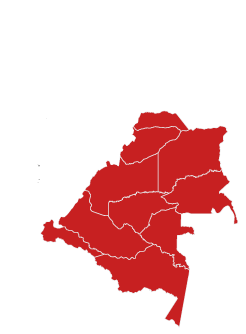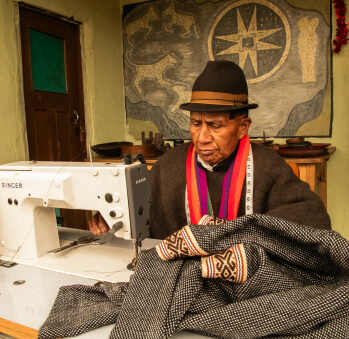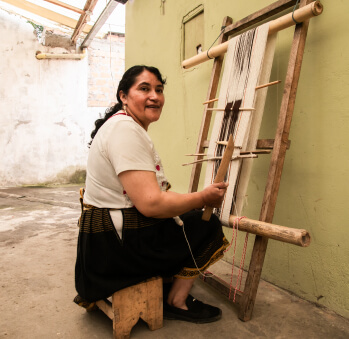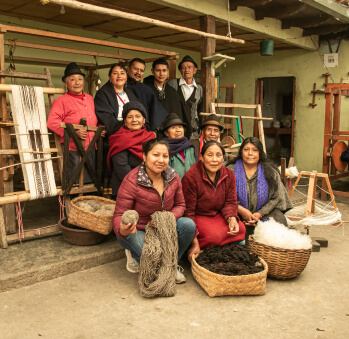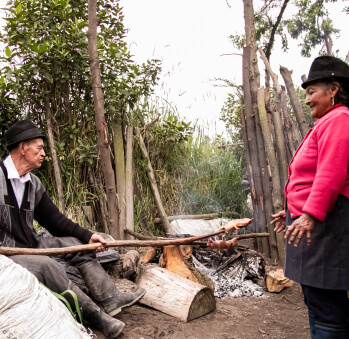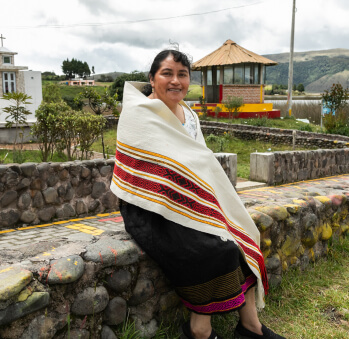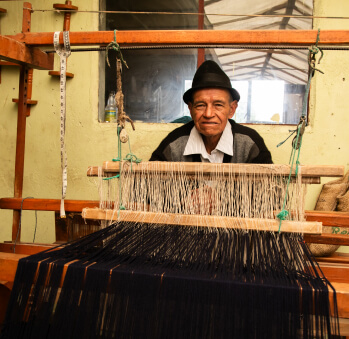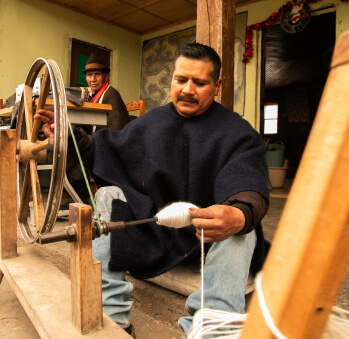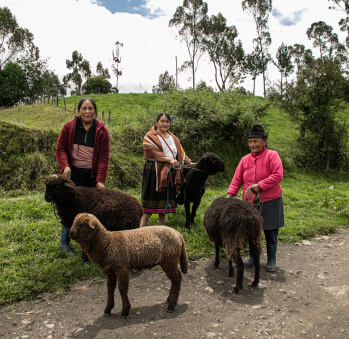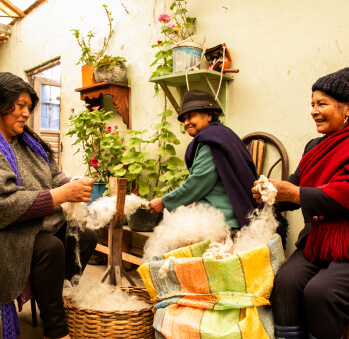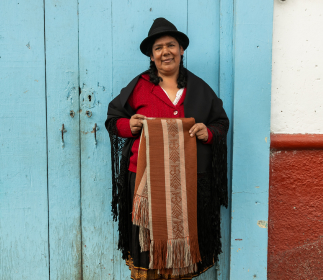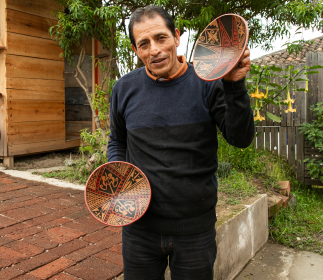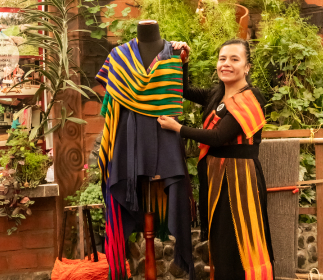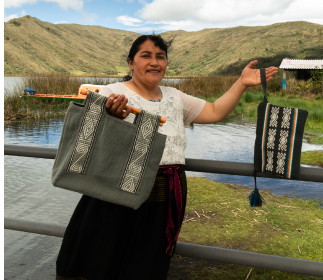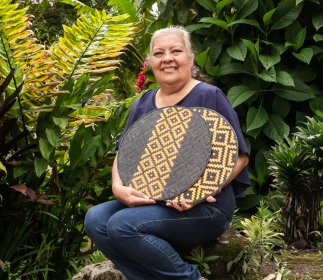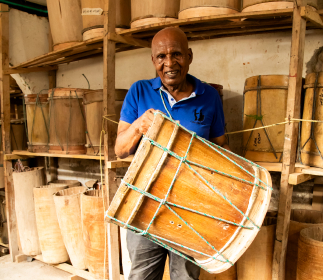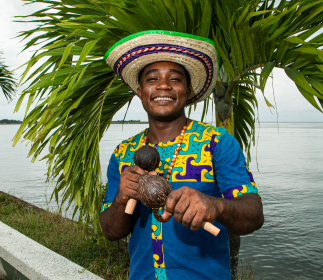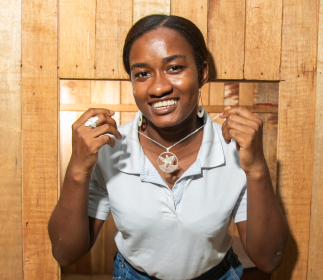Blanca Tarapués
Taller: Piedra los machines
Oficio: Tejeduría
Ruta: Ruta Ipiales - Tumaco
Ubicación: Cumbal, Nariño
A las faldas del Cumbal y de su cumbre blanca y brillante está la Piedra los Machines, un testimonio de la cosmovisión y la larga historia de los Pastos. La piedra de orígen volcánico tiene grabados machines, o monos, además de personas que sostienen varas y el tradicional Sol de los Pastos. De la misma forma en que sus antepasados usaron la piedra para fijar sus símbolos, Blanca Tarapués y sus colegas han usado los tejidos. Con hilos entrelazados tejidos en la guanga o en telar horizontal dibujan el sol, el mono, el chulo, los helechos y las rosas, en Cumbal, muy cerca de donde reposa el antiguo petroglifo.
Blanca Tarapués disfruta, con especial cariño, haciendo el chulo y la chagra. El primero le recuerda el territorio, que recorre desde lo alto del cielo, y la segunda le habla de sus plantas medicinales, de la soberanía alimentaria tan fundamental para su comunidad y la continuación de sus conocimientos. Blanca aprendió a tejer de la mano de su abuela, Rosa Elena Taimal, quien desde los doce años la instruyó en el hilado, el tizado y el uso de la guanga. Más tarde, cuando se dio cuenta de que tejer era lo suyo, fundó la asociación Piedra los Machines junto con otros 30 tejedores en 1996, el mismo año en que nació su primera hija. Entre mujeres tejedoras de la guanga y hombres del telar horizontal, se propusieron encontrar a las poseedoras del conocimiento tradicional para aprender directamente de ellas. A lomos de caballo y a pie, recorrieron el territorio en busca de las maestras Filomena, María Taramuel y Zoila. Fueron ellas quienes le enseñaron a hacer los símbolos que hoy en día repite y gracias a quienes tuvo la confianza para imaginar sus propios dibujos, inspirada por todo lo que encuentra en la Madre Naturaleza.
Casi treinta años en el oficio la hacen testigo de los ires y venires de la vida consagrada a las artesanías. Al principio, antes de tener siquiera competencia en la región, vivieron años dorados, apoyados por las ayudas institucionales. Para cuando tuvieron que costear sus propios gastos de viaje y de exhibición para viajar a ferias, el grupo sufrió la baja de quienes se desanimaron. Entonces tuvieron que acostumbrarse a una nueva realidad en la que un año lograban ir a ferias y al siguiente no. Pero persistieron, y siguieron vendiendo sus tejidos: en la comunidad nunca les han faltado clientes para las ruanas de lana, y cómo no, si la niebla hace parte de su día a día. Y la persistencia rindió sus frutos, pues eventualmente, con la ayuda de Artesanías de Colombia, se fueron por el lado de la moda, diseñaron nuevas prendas y le dieron una nueva cara a los tejidos tradicionales. Desde entonces, sus productos han sido acogidos y el grupo, que Blanca comparte con familia y amigos, se ha mantenido unido.
Artesanías
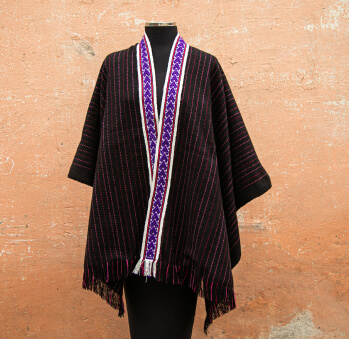
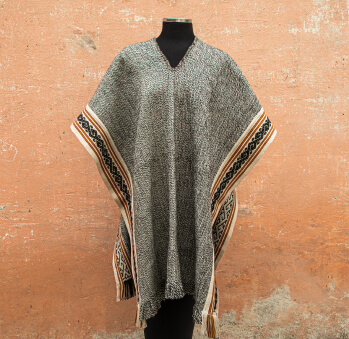
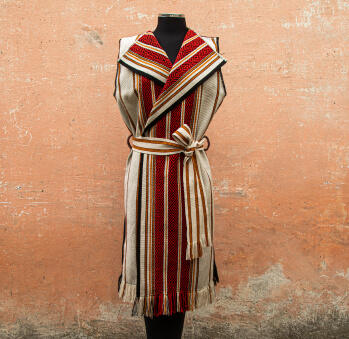
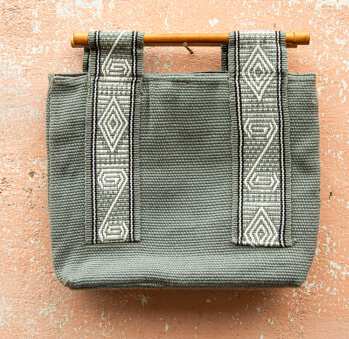
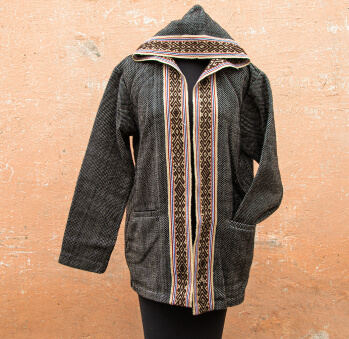
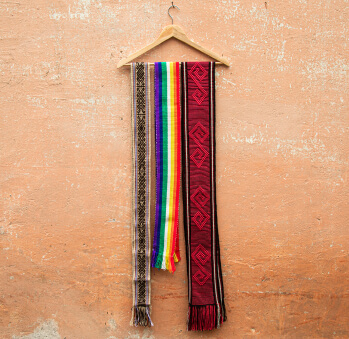
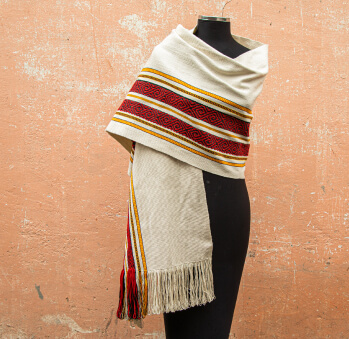
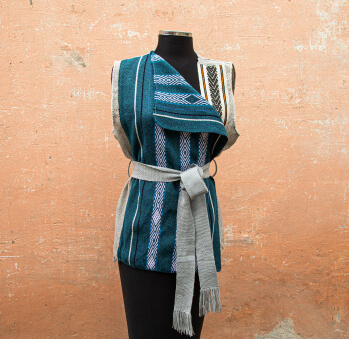
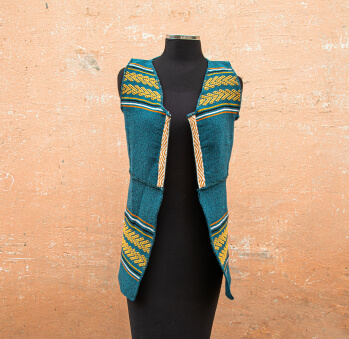
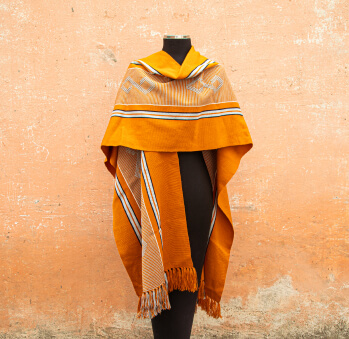










Artesanos de la ruta
Artesanos de la ruta
No puede copiar contenido de esta página

